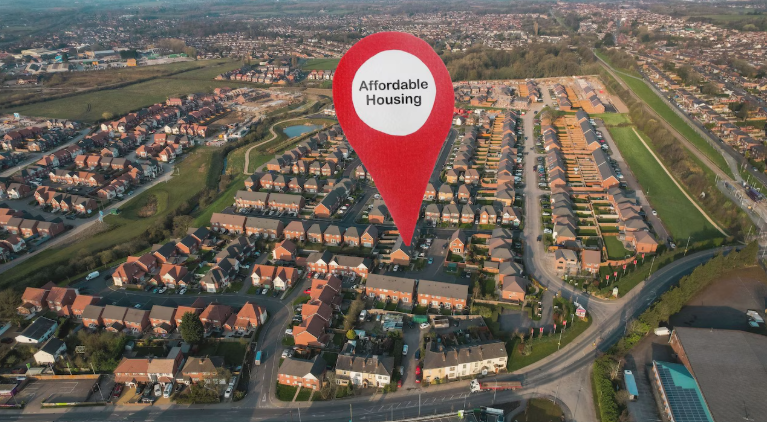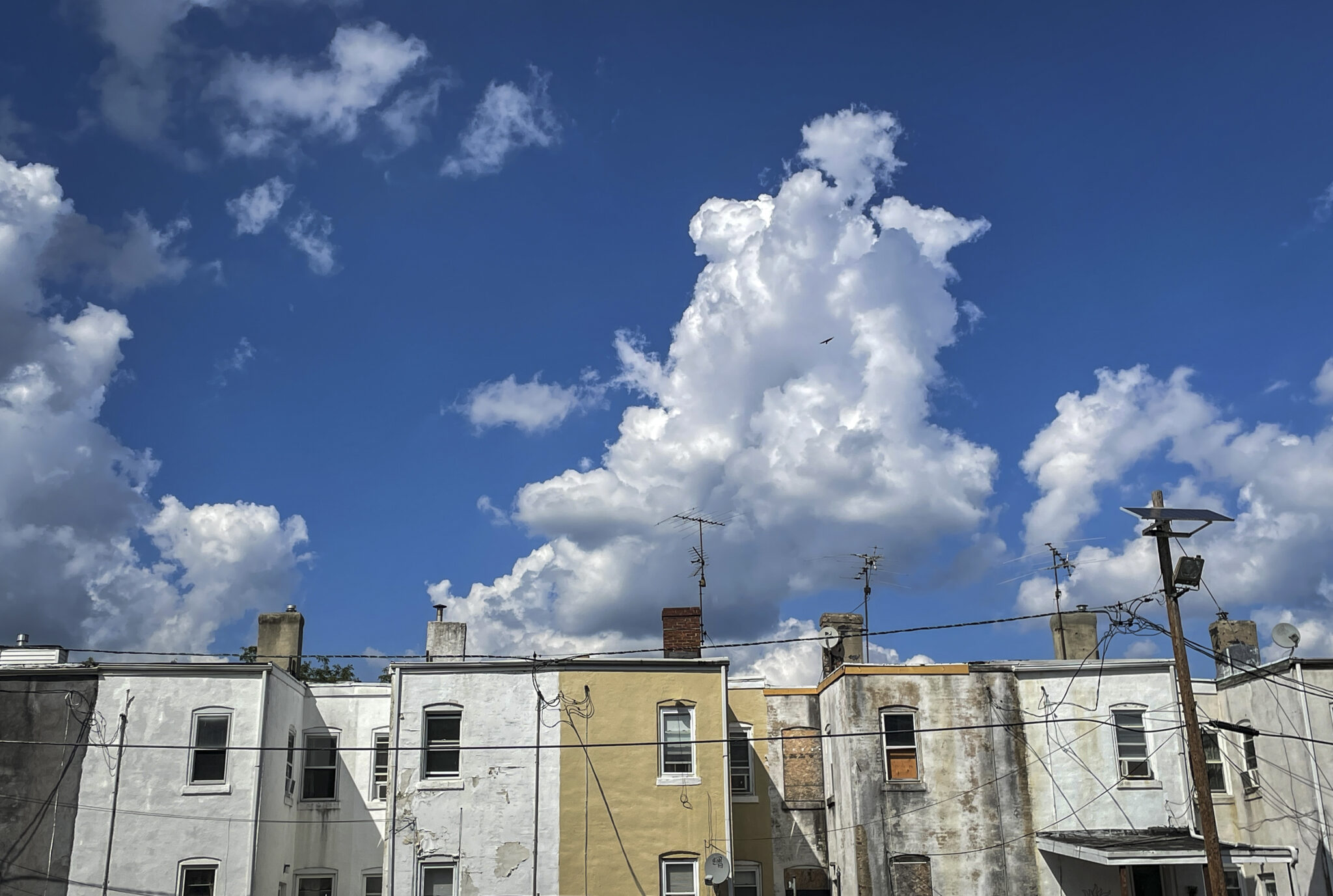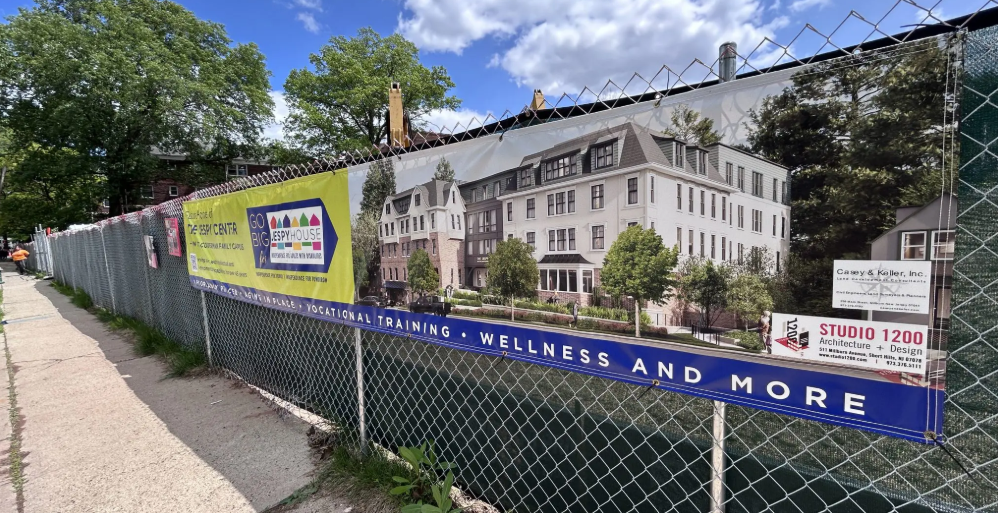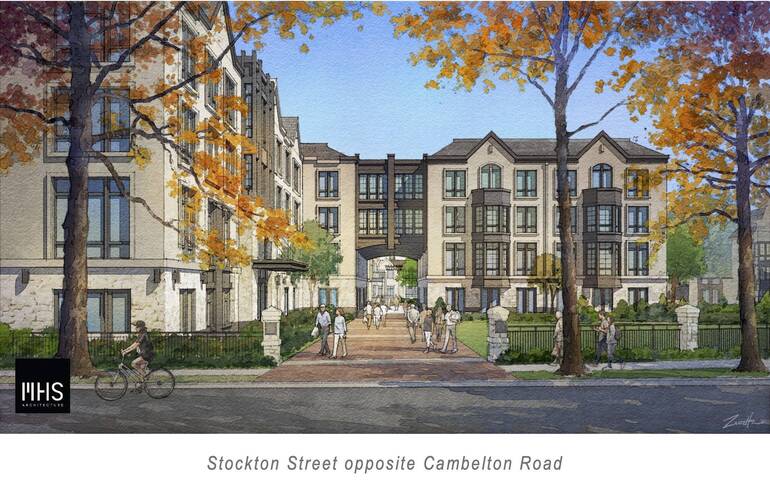
Fair Share Housing Center is a nonprofit advocacy organization that uses legal, policy, and community-building strategies to fight for housing justice in New Jersey and beyond.
At Fair Share Housing Center, we believe that every individual deserves a safe, affordable place to call home. Through advocacy, education, and legal action, we work tirelessly to ensure that New Jersey’s communities are inclusive and free from discrimination.
Championing communities where everyone, regardless of their background or income, has an equal opportunity to thrive.
Empowering residents with knowledge about their housing rights, the importance of affordable housing, and the tools to combat housing discrimination.
Utilizing the power of the legal system to challenge unjust housing practices and ensure municipalities adhere to fair housing laws.
We’ve worked directly with over 350 communities in New Jersey, ensuring they adhere to fair housing regulations and prioritize inclusivity.
Thanks to our work enforcing the Mount Laurel Doctrine, more than 21,000 affordable homes have been established in historically exclusionary communities since 2015.
Our legal team boasts a 98% success rate enforcing NJ’s constitutional requirement for affordable housing policies.



